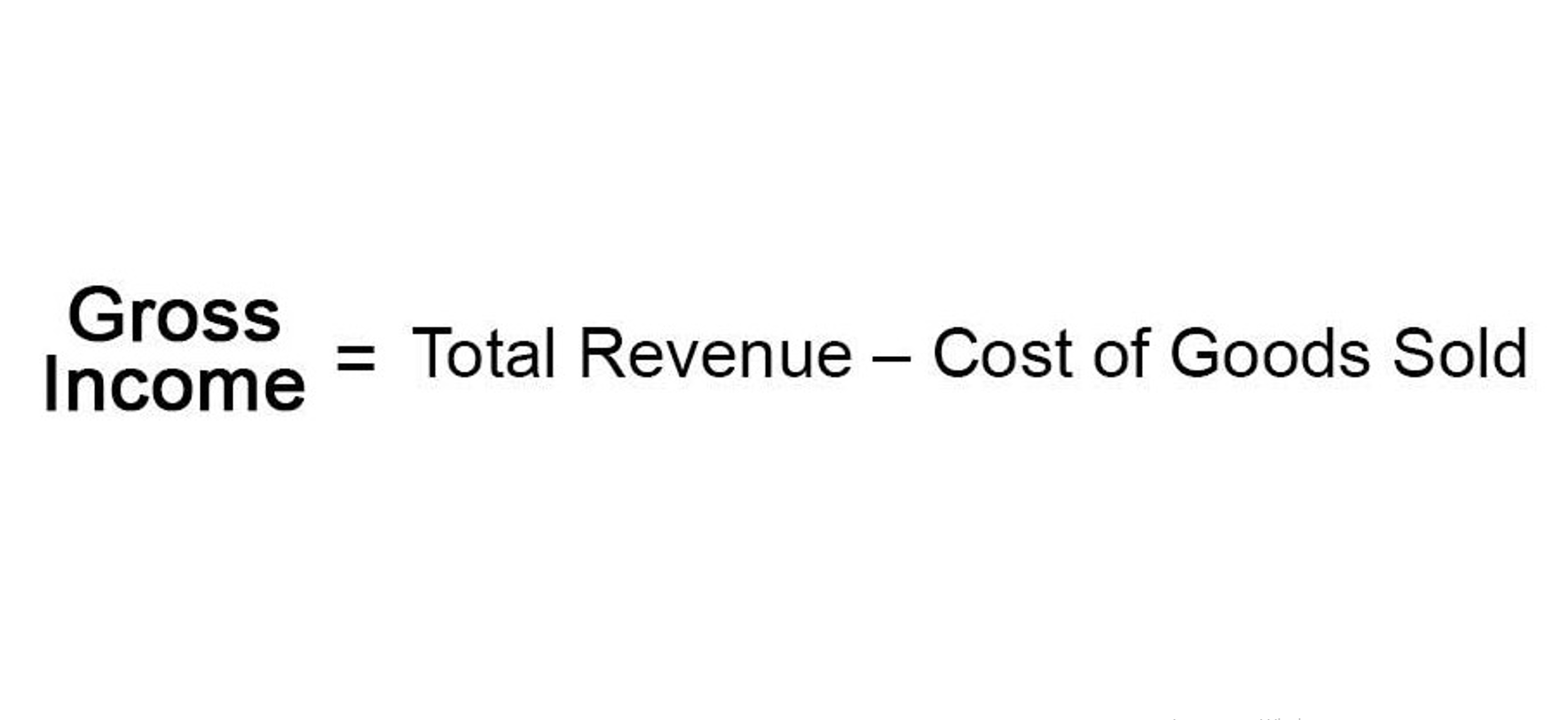Debt-to-Equity D E Ratio Formula and How to Interpret It

Cost of equity represents the return investors expect for taking on the risk of owning a company’s stock. It is a critical metric in corporate finance, influencing decisions on funding strategies and valuation models. By understanding this concept, businesses can better assess whether to raise capital through equity or debt.
- For example, utilities have many assets and debt on the balance sheet compared to a relatively small amount of net income.
- The cost of equity is the return that a company requires to decide if an investment meets capital return requirements.
- Total equity effectively represents how much a company would have left over in assets if the company went out of business immediately.
- Here, we’ll assume $25,000 in new equity was raised from issuing 1,000 shares at $25.00 per share, but at a par value of $1.00.
- Return on equity is considered a gauge of a corporation’s profitability and how efficiently it generates those profits.
- In accounting terms, total equity, often referred to as shareholder’s equity, represents the value left for the owners after all liabilities are paid off.
What Is Debt to Equity Ratio?
If this figure is negative, its liabilities exceed its assets; this can deter investors who view such companies as risky. Shareholders’ equity isn’t the sole indicator of a company’s financial health, however. It should be paired with other metrics to obtain a more holistic picture of an organization’s standing. It is calculated as the difference between assets and liabilities featured on the balance sheet of a company. It represents Mental Health Billing a company’s net asset value in front of investors, financiers, and the public.
What are the Types of Equity in Business?

The first step in calculating total equity is to gather the company’s balance sheet. In the U.S., businesses are required to prepare and file financial statements, which are publicly available for companies that are publicly traded. The what is the formula for determining equity balance sheet will provide the necessary information about assets and liabilities.

Common Stock
This essentially tells us the net worth of the company from the perspective of its shareholders. https://enhancelivingoptions.com.au/2024/10/11/become-a-quickbooks-online-advanced-certified-3/ In nature, equity represents the company’s investors’ combined ownership stake. The higher the equity, the more the company is owned by its investors, rather than being burdened by debt. Stockholders’ equity is a measurement of the general financial health of the company. If the number for stockholders’ equity is negative, it may warn of impending bankruptcy (particularly if it is due to a high debt load).
An equity takeout is taking money out of a property or borrowing money against it. The money a business owes to banks, suppliers, employees, mortgages, etc., is regarded as business liability. These assets are regarded as “liquid,” meaning they can be easily converted into cash. Book a call today and discover how expert financial solutions can help you scale and grow confidently in the U.S. market. Pay down your mortgage faster, make home improvements to boost property value, or wait for market appreciation. This formula applies universally, whether you’re assessing a multinational corporation or your personal finances.
What Is the Debt-to-Equity (D/E) Ratio?
This result reflects the total equity interest held by common shareholders, offering insights into the company’s financial standing. Equity is an important concept in finance that has different specific meanings depending on the context. For investors, the most common type of equity is “shareholders’ equity,” which is calculated by subtracting total liabilities from total assets. Treasury shares or stock (not to be confused with U.S. Treasury bills) represent stock that the company has bought back from existing shareholders.


Conversely, a low debt to equity ratio means the company uses a lot of equity to finance its business, and such a company’s financial structure would be much more stable. When a company performs well, its assets increase, and liabilities decrease, which in turn increases equity. Conversely, when the company faces financial problems, its liabilities may be higher than its assets, which lowers the equity. Shareholder equity is reflected in the balance sheet, which is one of the key financial statements that companies use to report their financial position.
How Return on Equity (ROE) Works
- In rare cases, a negative ROE ratio could be due to a cash flow-supported share buyback program and excellent management, but this is less likely to be the circumstance.
- This will give you shareholder equity, which is the same as total equity.
- Equity represents ownership in an asset or company after accounting for debts or liabilities.
- This is the same figure reported lower on the balance sheet, under shareholder equity.
- Additional paid-in capital reflects the excess amount investors pay over the par value of stock during a public offering.
This is because the company has less debt burden and more ownership stake held by shareholders. So, understanding equity is crucial for anyone trying to gauge a company’s financial well-being. The balance of these components determines the total shareholder equity, which is an important indicator of a company’s financial strength.
Equity, though more expensive, provides stability and avoids the repayment obligations tied to debt. Gearing ratios focus more heavily on the concept of leverage than other ratios used in accounting or investment analysis. The underlying principle generally assumes that some leverage is good, but too much places an organization at risk. The personal D/E ratio is often used when an individual or a small business is applying for a loan. Lenders use the D/E figure to assess a loan applicant’s ability to continue making loan payments in the event of a temporary loss of income. Debt due sooner shouldn’t be a concern if we assume that the company won’t default over the next year.




